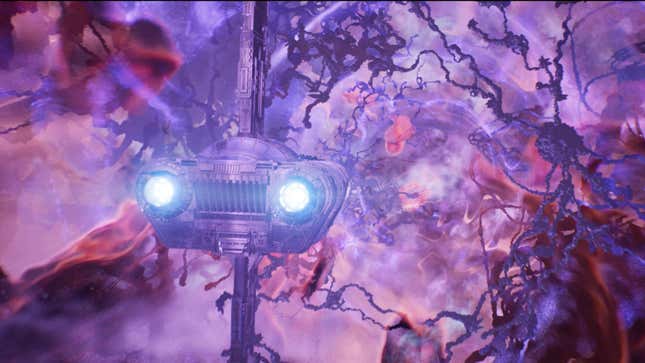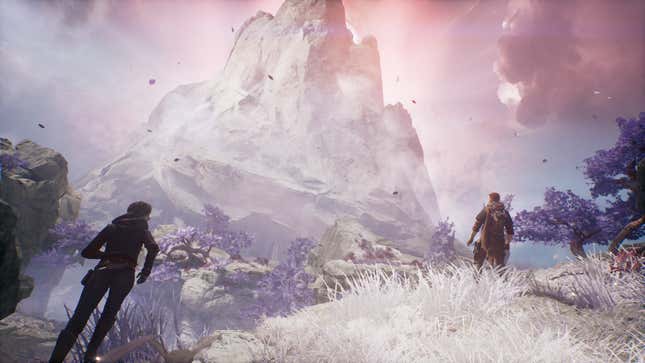One of the best things about Star Wars can, on occasion, also be one of the worst things. It’s the canon. The fact that all Star Wars stories released these days are happening in the same universe. So whatever happens in one story could, and should, impact the others.
This can be incredibly cool, leading to fun, emotional payoffs, but it can also create all kinds of questions. Not exactly “plot holes,” but questions. Questions like, “If there are dozens of Jedi still alive in the universe around the time of the original trilogy, why did none of them help the Rebellion defeat the Empire?” The real reason is, when the original trilogy was written, no one knew all the other Jedi were around. That’s all the product of recent stories. So, we now have to believe that even with intergalactic communications and travel by lightspeed, the galaxy is such a big place, the other Jedi just didn’t hear about it, didn’t care, or helped in ways not felt on screen.
Which, on the one hand, we can buy because we simply have to. However, with each new story, additional elements are added that change our understanding of the Star Wars canon—and in the latest Star Wars video game, Jedi Survivor, there’s a huge one.
What follows won’t spoil major events of the game, but does talk about some large plot points so, proceed with caution if you haven’t played.


A few hours into Jedi Survivor, the main story of the game becomes Cal Kestis’ desire to find the planet of Tanalorr, a planet that exists on the other side of an impossible-to-navigate stretch of space called the Koboh Abyss. The only way across the abyss is to find maps from the past that give you the path, and Cal spends the majority of the game doing just that. (Which, we’re now realizing, sounds a whole lot like Exegol in The Rise of Skywalker, but we digress.)
Cal does all this because he believes Tanalorr, with its enviable hidden location, is a place he, his friends, and anyone who wants to can live peacefully away from the unbeatable, evil might of the Empire. More specifically, he sees it as a potential haven for the surviving Jedi and Force-sensitive beings Darth Vader and his Inquisitors are searching for—those he helped protect at the end of the previous game, destroying a Holocon with all their names on it.
What happens? Well, you can play the game to find out specifically. But the point here is the mere idea of Tanalorr as a malleable, smart stroke of story. And with it, Cal’s potential success becomes like Star Wars superglue, an answer that can repair any cracks one may find in a story. “Why didn’t so and so show up to help?” “They were on Tanalorr.” “Did such and such really not care?” “Well, they were busy on Tanalorr.”

Let’s say Cal is successful. Gets to Tanalorr, starts to bring people hiding from the Empire there, and builds a whole new society. It’s still 10 years before A New Hope, so it’s possible. And, let’s say, that includes some of the remaining Jedi in the galaxy. Tanalorr is their haven. Their sanctuary. Let’s say that happens because that’s Cal’s ultimate plan.
Tanalorr is so remote and disconnected that anyone there could, hypothetically, be totally cut off from the rest of the galaxy. It’s like going on an airplane. With no cell service, you have no idea what’s happening in the outside world until you land. So all these questions— “Where was this person?” or “Why didn’t this person help out?”—can all be answered with one word: Tanalorr. It’s Star Wars’ new destination if you want to disappear yourself from the Empire, and canonical storytelling.
Now, do we actually think that’ll actually happen? Will this planet ever be mentioned again outside of the Jedi games? No. Probably not. It’s too big of a cheat. But we think it’s fascinating that this new piece of the puzzle is now on the table, just waiting for any future Star Wars creators to use it.
Want more io9 news? Check out when to expect the latest Marvel, Star Wars, and Star Trek releases, what’s next for the DC Universe on film and TV, and everything you need to know about the future of Doctor Who.






